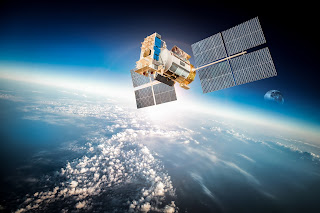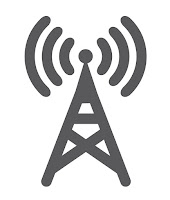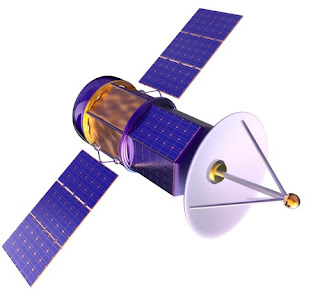 |
| Establishing wireless connections for process control operations is simple, effective, and inexpensive |
- Safety: Wireless connections can reduce personnel exposure to hazardous environments or situations that previously required human intervention or a manual gauge or instrument reading.
- Easy Scale-up: Adding points on a network is generally a simple incremental process.
- Operational Advantage: When deployed to replace manual instrument or gauge readings, real time data for diagnostics and efficiency measurements are now available. Information that is more accurate, timely, and consistent will produce better results.
- Installation Savings: Installation of wireless connected assets has been reported to be up to 10 times less expensive than wired installation. The reduced space and planning for cables and conduit can make what were once complex and time consuming operations much quicker and easier.
- Mobility: Wireless technology allows for real time connections to mobile platforms. Whether within a plant, on the road, or on the high seas, there are wireless products that can make the connection.
- Distance: Don't just think WiFi, think radio, think satellite, think cellular. Connections can be established across very long distances using standard products from the industry.
- Conversion of Legacy Devices: Many existing in-place devices can have their wired connections replaced with a wireless version. This accommodates a staged transition from wired to wireless in facility.
Point to point wireless connections between, for example, a temperature transmitter and a recorder are easy to create. Most process sensors have very small power requirements, as do the Analynk transmission units. Power, if line voltage is not available at the location, can be provided by batteries, or combination of battery and photovoltaic. The 4-20 mA signal from the temperature transmitter serves as the input signal to the wireless transmitter. The analog signal is converted to a digital value and encrypted prior to transmission. A receiver at the recorder decrypts the digital signal and converts it back to a 4-20 mA analog output that serves as the input signal to the recorder. Wireless transmitter and receiver must be set to the same channel, but otherwise, the equipment handles all the work. If you can find your way around a smart phone, you can make a wireless point to point process connection.
There are likely many applications going unfulfilled because the cost or feasibility of making a wired connection is holding the project back. Reconsider the project using industrial wireless technology and you may find that the project becomes an attractive prospect.
Analynk Wireless designs and manufactures wireless communication equipment and systems for use in commercial and industrial settings. Share your connectivity challenges with the experts at Analynk, combining your own process knowledge and experience with their wireless communications expertise to develop an effective solution.






